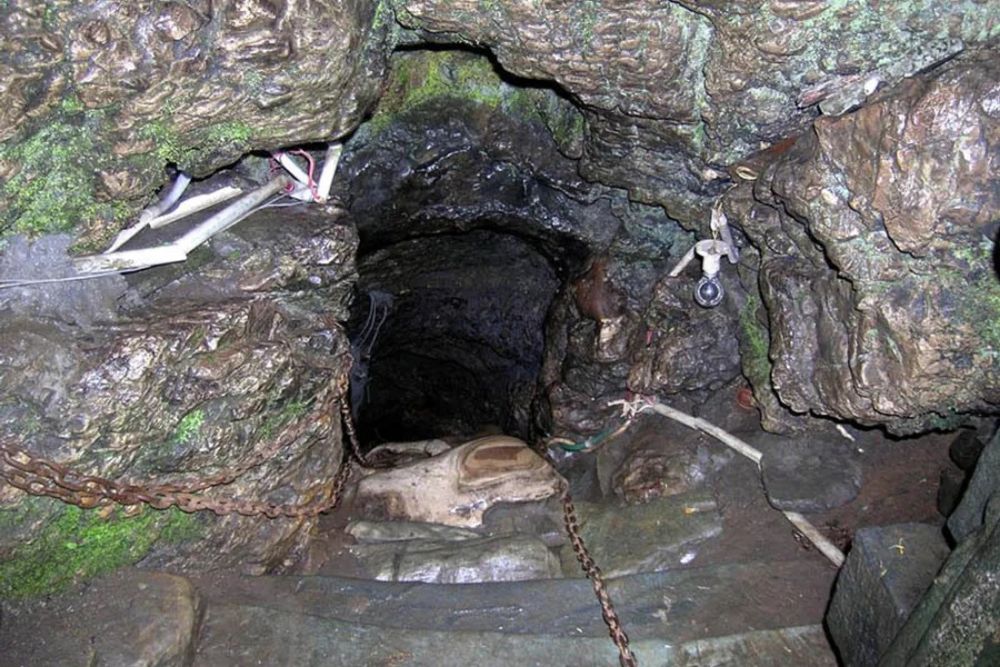

Patal Bhuvaneshwar is a limestone cave temple located in the Pithoragarh district of Uttarakhand, India. This ancient natural wonder is said to be as old as Earth itself and holds great significance in Hindu mythology. The cave is dedicated to Lord Shiva and is adorned with intricate formations of stalactite and stalagmite.
The history of tourism at Patal Bhuvaneshwar is intertwined with its spiritual significance. It is believed to be the abode of 33 crore Hindu gods and goddesses. According to local lore, the cave was originally discovered by King Rituparna of the Sun Dynasty during the Treta Yuga. Its reference can be found in the Skanda Purana, an ancient text which heralds its significance.
Modern-day tourism began to take shape in the late 20th century as improvements in road infrastructure made the cave temple more accessible to pilgrims and tourists alike. The government of Uttarakhand has been instrumental in promoting the site as a religious and adventure tourism destination.
The cave is a multi-level, maze-like structure with intricately carved passages and chambers. Devotees believe that visiting the cave is equivalent to a pilgrimage to Char Dham, making it an important spiritual attraction.
In recent times, sustainable tourism is gaining momentum in Uttarakhand. Efforts are being made to ensure that tourism growth does not adversely affect the ecological balance of the region.
Additionally, the concept of ecotourism is also becoming popular, with tourists seeking to have minimal impact on the environment. This includes staying in eco-friendly accommodations and participating in activities that lead to conservation efforts.
The rise of digital platforms has also influenced tourism trends, with many visitors now using online services to book tours and plan their visits to Patal Bhuvaneshwar. Virtual reality experiences and digital storytelling are emerging as innovative ways to engage with potential tourists, even before they set foot at the site.
The best time to visit Patal Bhuvaneshwar is from February to June and from September to November. The cave remains open throughout the year, but monsoons can make the journey precarious. The state government has provided basic amenities like guest houses, parking spaces, and eateries for the convenience of travelers. Professional guides are available to take tourists through the cave and narrate its history and myths.